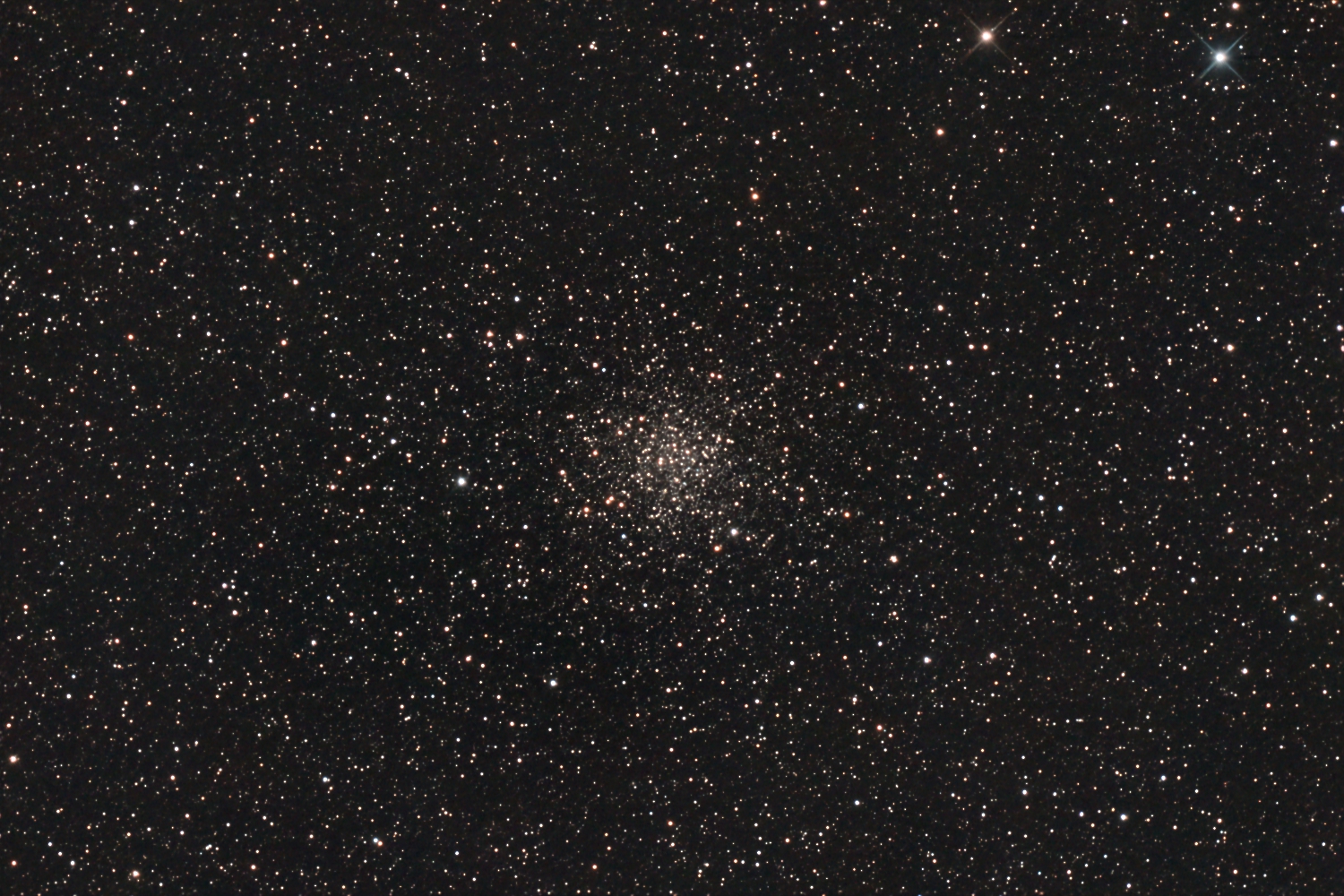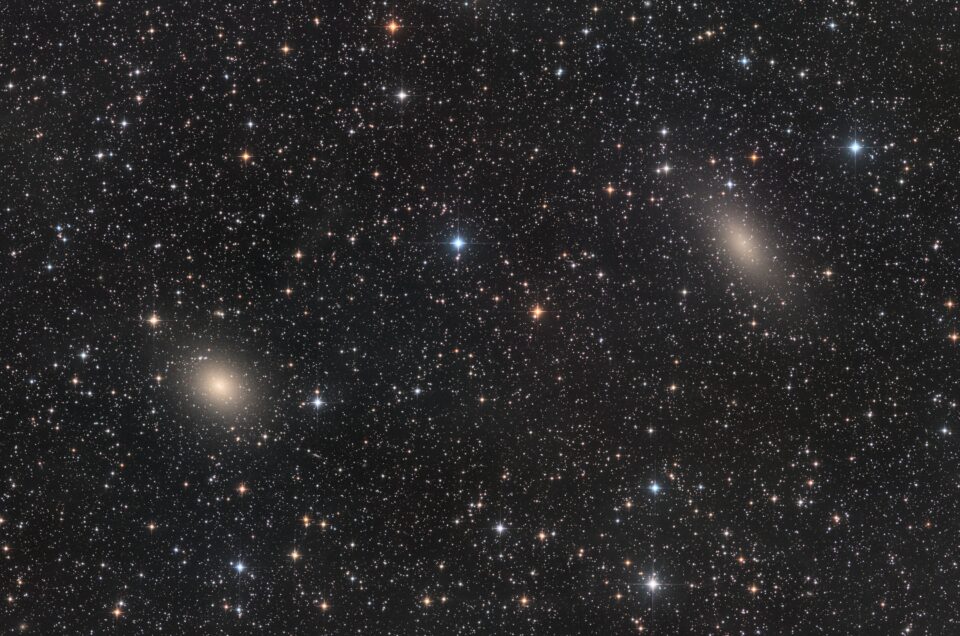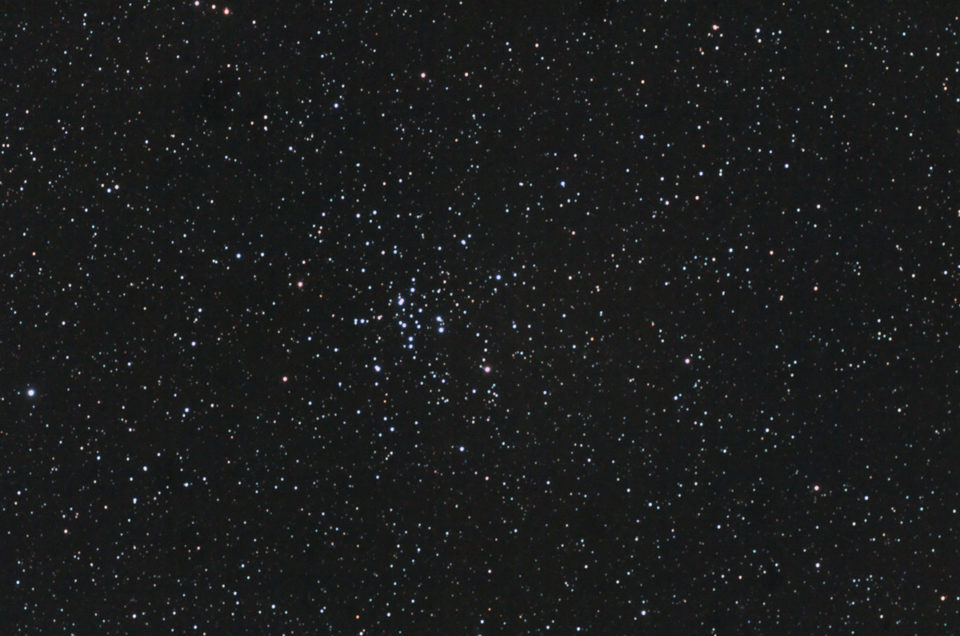Messier 71 (NGC 6838) from my backyard
In 2010, I captured images of the globular cluster Messier 71 (M71) from my backyard using my DSLR equipment. Despite the modest setup, the observations revealed the cluster’s characteristic loose and open appearance, which has long made M71 an object of scientific interest.
M71 is located in the small constellation Sagitta, at a distance of roughly 13,000 light-years, placing it relatively close compared to many other Milky Way globular clusters. For a long time, astronomers debated whether M71 was a true globular cluster or a dense open cluster, as its low central concentration and irregular structure differ noticeably from the more compact globular systems. It is classified today as a Shapley–Sawyer class X cluster—one of the least centrally condensed types.
Another intriguing property of M71 is its relatively high metallicity, with [Fe/H] ≈ –0.8, suggesting that it formed in a more chemically enriched environment than many of the Galaxy’s ancient halo globulars. Its stellar population includes red giants, horizontal-branch stars, and several variable stars, all of which help constrain its age to approximately 9–12 billion years, younger than the oldest Milky Way clusters.
Because M71 lies in a dense region of the Milky Way with significant field-star contamination, deep imaging often reveals a rich background of unrelated stars superimposed on the cluster. Even with DSLR equipment, these characteristics are noticeable, allowing the cluster’s loose structure and subtle color variations of its evolved stars to emerge.
Data calibration and registration was done with DeepSkyStacker and the final processing was done with PixInsight. The result was as follows:

The images were taken with the following equipment:
- Date: 2010
- Location: Krefeld
- Telescope: Orion 10″ Newton
- Focal length [mm]: 1200
- Focal ratio: 4.8
- Mount: Skywatcher NEQ6 Synscan
- Camera: Canon 300Da
- Filter: OSC
- Exposure time [min]: 125
- Resolution: 1.28″/px




Leave a reply